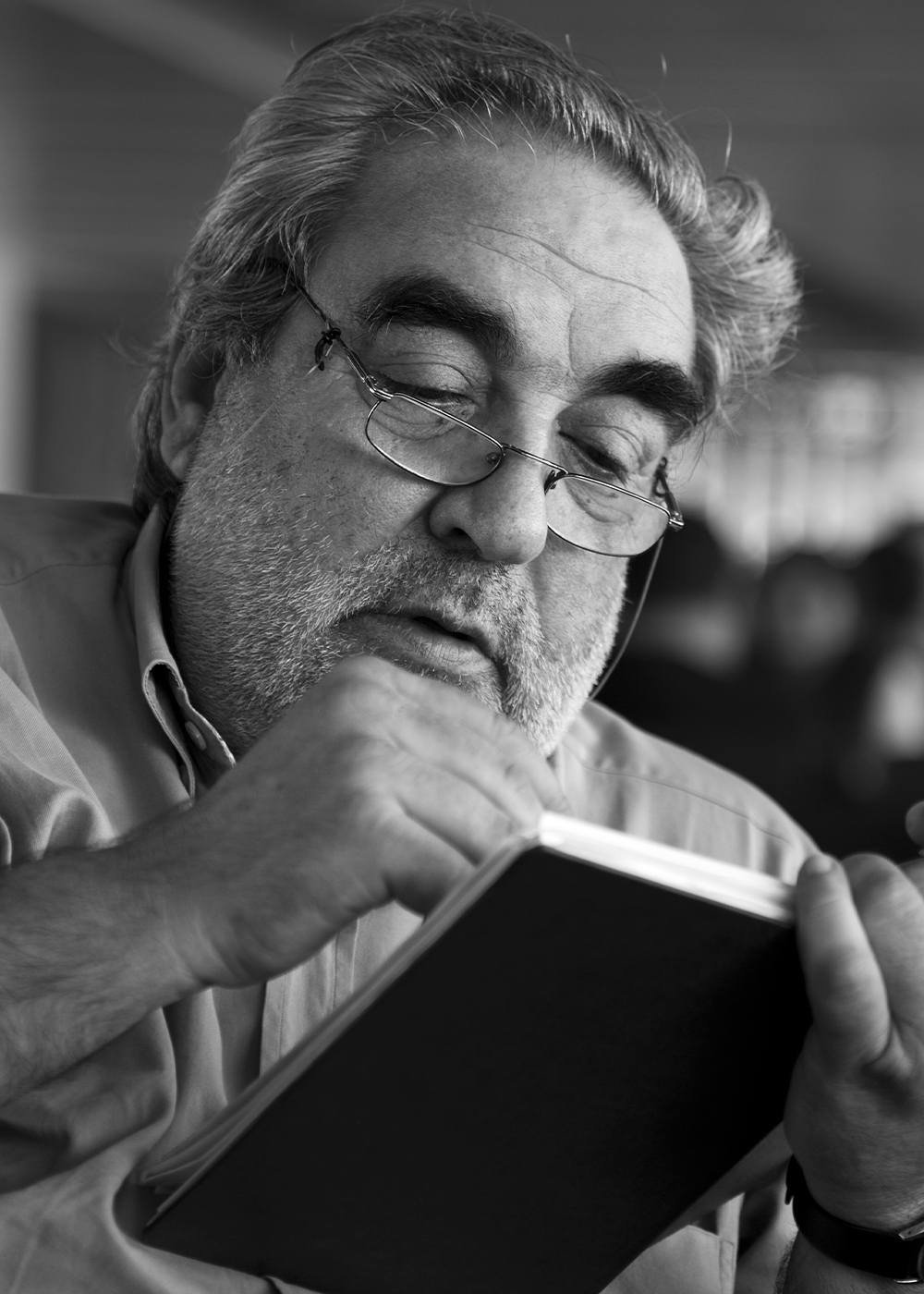
Eduardo Souto de Moura
His architectural language is known for its “power of silence”—eschewing formal showmanship in favor of simple volumes, natural light, and the tactile qualities of stone and concrete.
Eduardo Souto de Moura (1952– )is one of Portugal’s most important contemporary architects, renowned for his minimalist, restrained, and materially expressive architectural style. He grew up within the academic environment of the Faculty of Architecture of the University of Porto, under the guidance of Fernando Távora and Álvaro Siza, which allowed his work to achieve a precise and measured balance between modernity and regional context.
His architectural language is known for its “power of silence”—eschewing formal showmanship in favor of simple volumes, natural light, and the tactile qualities of stone and concrete. Whether in the Braga Stadium, the Paula Rego Museum, or numerous residential and renovation projects, his work demonstrates a keen sensitivity to site, topography, and historical layers. His buildings are often described as “solemn structures rooted in the land.”
In 2011, he received the Pritzker Architecture Prize, with the jury emphasizing his “extraordinary rigor and poetry in integrating tradition with modernity.” On the international stage, Souto de Moura’s reputation is built on a stable and profound creative approach: understated, precise, and enduring, his work embodies a unique Portuguese modernist sensibility in an age of globalization.
